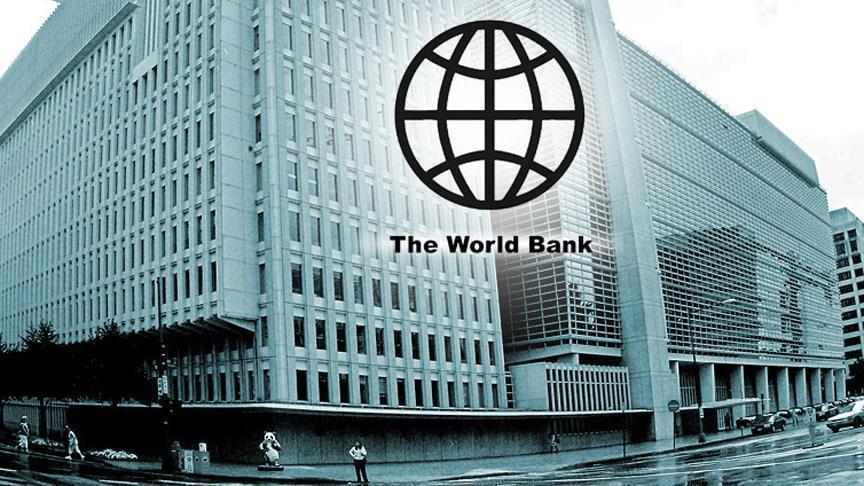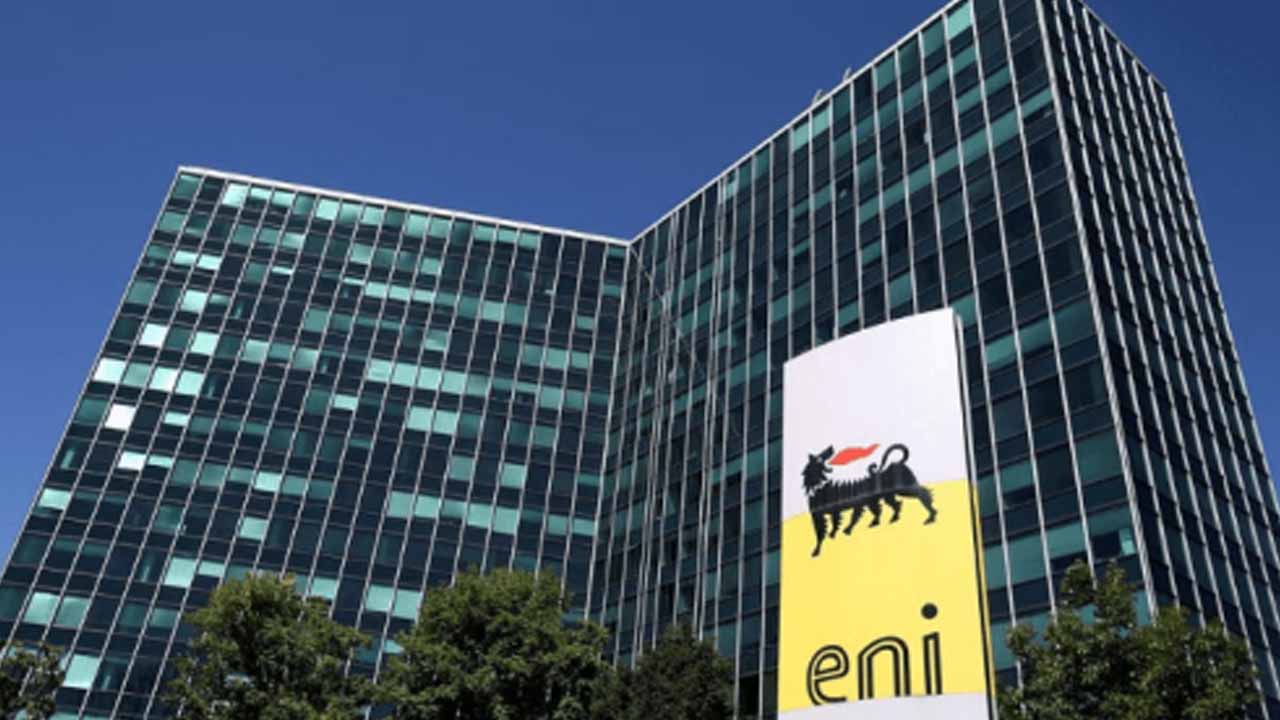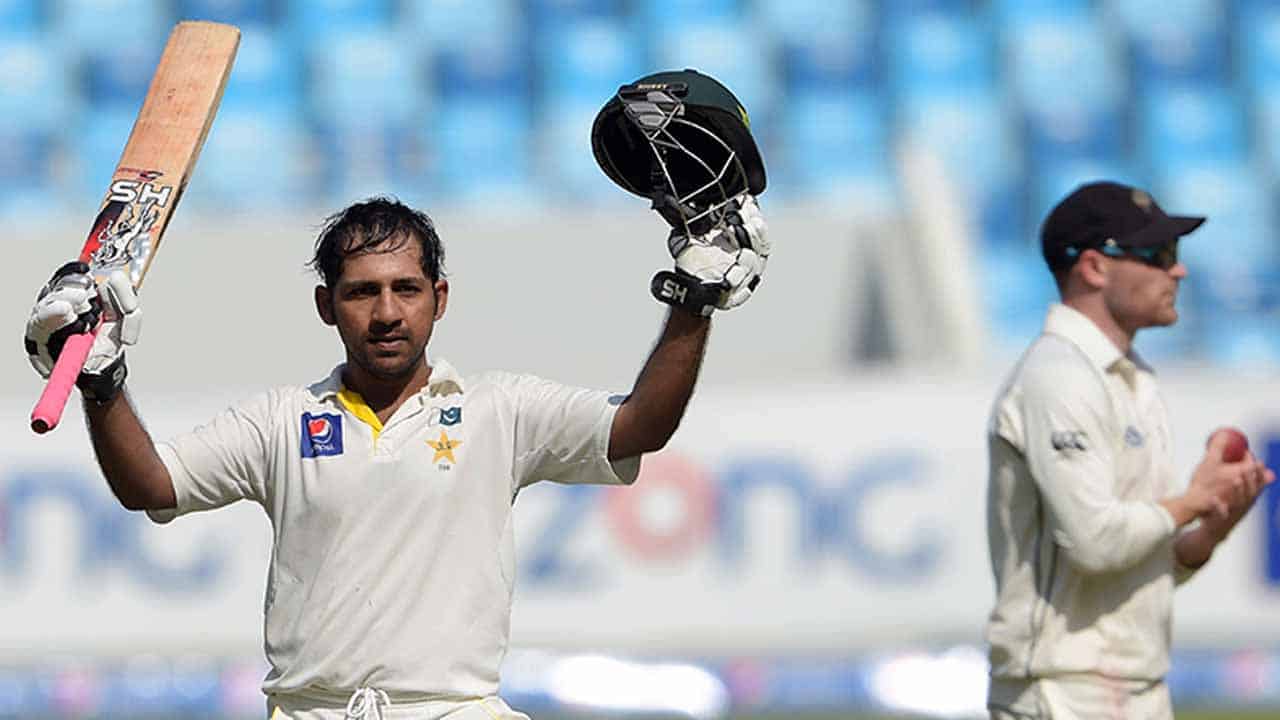The Punjab government moved to the world bank to get a $500 million loan for the water supply and address sanitation problems of the rural areas of 16 districts and tehsils to serve a population of 6.65 million in the province.
Interventions will include governance and institutional reforms, investments for both water supply and sanitation, strengthening monitoring through the use of information technology, capacity development, and behavior change.
According to the document shared by the World Bank, the project will target districts in Punjab that are the poorest and have the worst outcomes on child stunting, access to and quality of sanitation infrastructure, and bacterial contamination of drinking water at source and at point of use. Overall, the project is expected to cover about 2,000 villages, main settlements, and 8,500 small settlements in Khushab, Mianwali, Sargodha, Chakwal, Bhakkar, Pakpattan, Chiniot, Jhang, Rajanpur, Rahim Yar Khan, Dera Ghazi Khan, Lodhran, Bahawalpur, Muzaffargarh, Bahawalnagar, and Multan districts.
These districts are the worst off in their region. Overall, access to water and sanitation and child health indicators are much worse in south Punjab as compared to the averages for central and northern Punjab.












